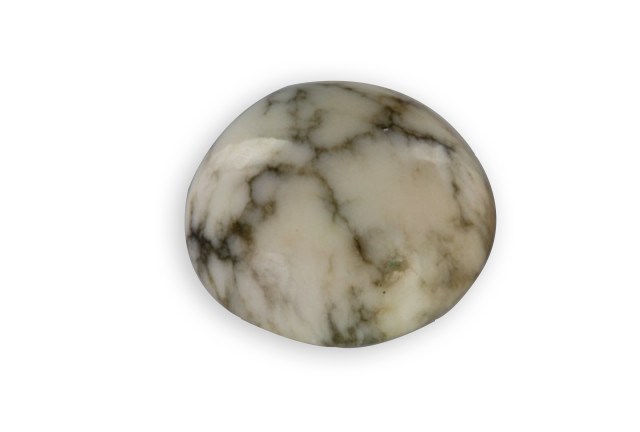
white
Je vous emmène à travers mes vidéos découvrir mon expérience acquise depuis plus de 30 ans a silloner le globe entier à la recherche de pierres précieuses, de rencontre mémorables mais aussi de difficulté parfois …
actualités
Categories

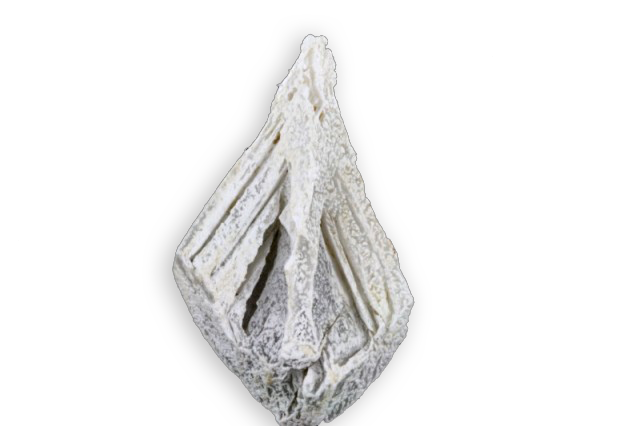
gaylussite
Identified in 1826 in Venezuela, its name honors the French chemist Gay-Lussac (1778-1850).
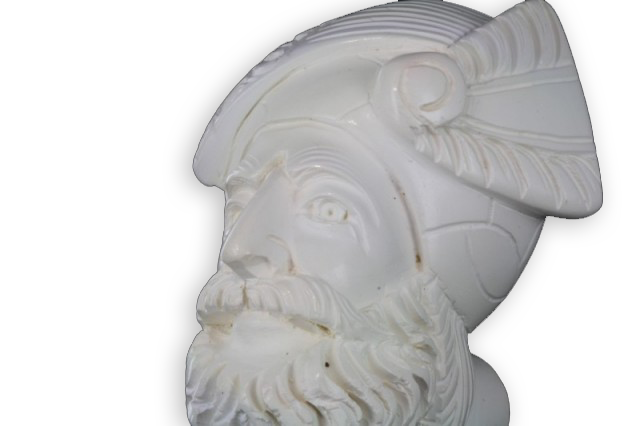
meerschaum
This is a silicate in the form of tiny crystals assembled in concretions in highly porous aggregates. This porosity allows it to float, it hardens as it dries. Its name, sepiolite, it has been awarded by the German mineralogist E. F. Glocker, that determined the
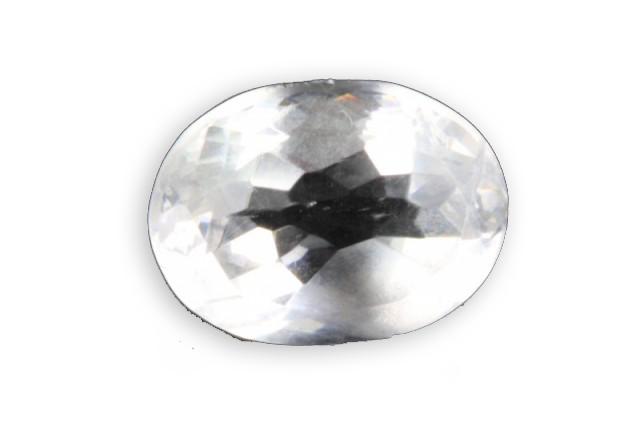
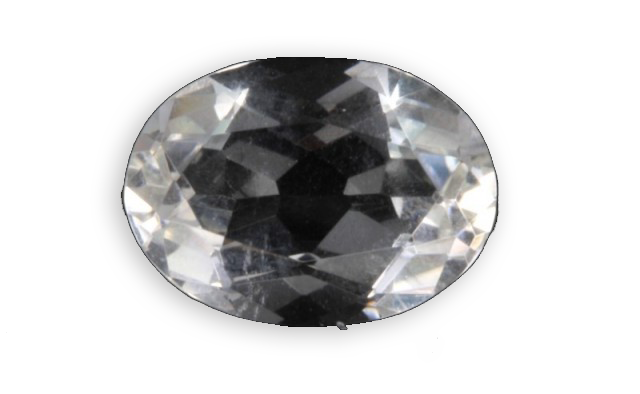
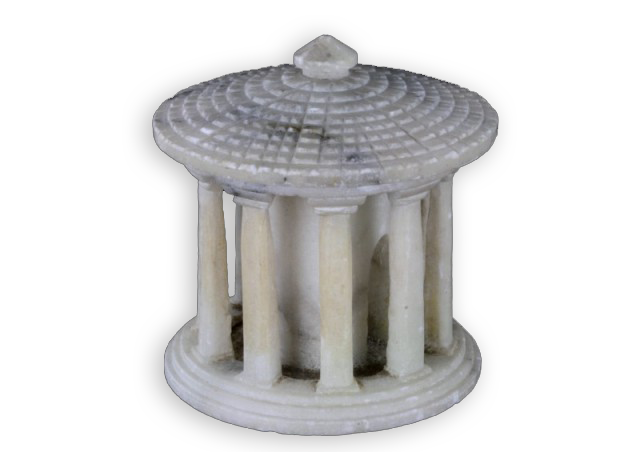
alabaster
Its name comes from the Greek “alabastros” (earlier albatos) which designated a vase without handles, alabaster being used to make perfume vases without handles. Alabaster is an evaporite mineral. It is a massive aggregate of fine-grained variety of gypsum, its softness make it easy to



